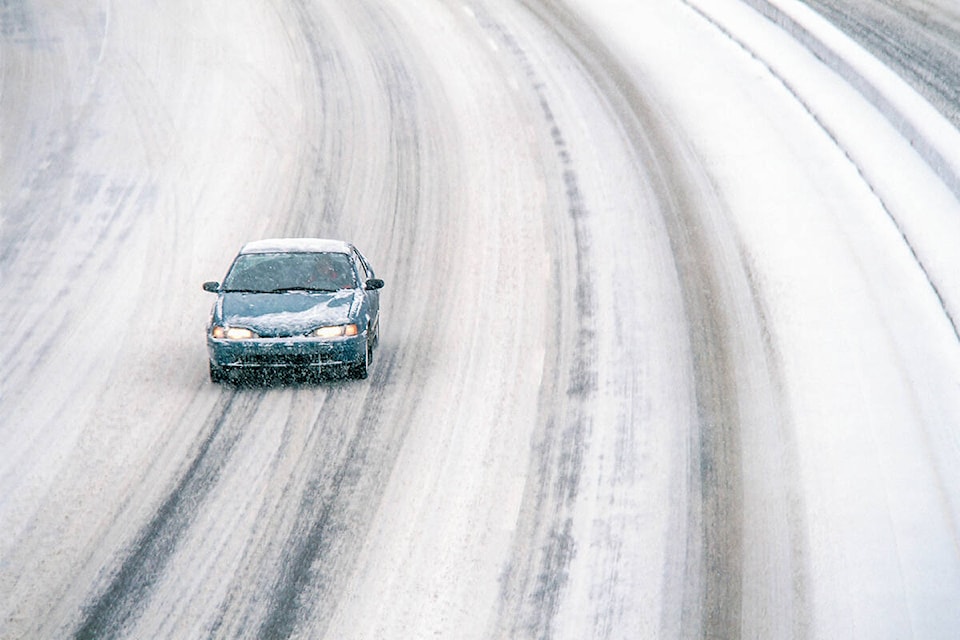As winter slowly turns into spring, Prince Rupert and all North Coast drivers should continue using winter tires until the temperature changes — not the season, the Winter Driving Safety Alliance warned on Feb. 15.
The annual Shift Into Winter campaign, a joint provincial initiative supported by the Winter Driving Safety Alliance and managed by Road Safety at Work, aims to educate and bring nuance to winter drivers, whether it’s for business or pleasure.
“Winter tires provide better traction and stopping performance below 7 C and on wet, snowy, and icy roads,” Louise Yako, spokesperson for the 13th annual winter driving safety campaign, said. “Traction may be the difference between safely driving on roads and being involved in a serious crash.”
On most routes throughout the province, from Oct. 1 to April 30, winter tires or chains are required. For some selected highways, not in mountain passes or high snowfall areas, tire and chain requirements end on March 31, including within the City of Prince Rupert.
Snow, ice, rain and slush impedes vehicles stopping ability as tires have less traction on cold and slippery road surfaces.
“For example, if you’re driving on a set of all-season mud and snow tires on a rain-covered road at 80 km/h, you’ll need twice the distance to stop than you would when driving at 50 km/h.” Yako said. “You need even longer stopping distances for snow and ice-covered roads.”
The campaign advises North Coast drivers to know before you go by checking road conditions online and to avoid driving, if possible when circumstances are poor.
If it is unavoidable to journey through bad weather, make sure your vehicle is prepared adequately.
The safety alliance advises equipping four matching winter tires, marked by a three-peaked mountain or snowflake insignia, and preparing and storing a winter driving emergency kit in the vehicle. Motorists should know how to drive for the conditions before putting their car in drive.
“Even the most experienced drivers can’t predict how their or the other drivers’ vehicle will react in snow or on ice,” the campaign states.
For those who must drive for their job, even if it is only occasionally, follow safe work procedures and report unsafe conditions to supervisors. Commercial vehicle employers should make sure drivers know when to carry chains and how to use them.
“Every day thousands of British Columbians drive to, or for, work. Springtime in B.C. is unpredictable at best — often bringing snow, rain and slippery conditions. The extra traction provided by winter tires will reduce the risks to drivers in these changing weather conditions,” Al Johnson, head of prevention services at WorkSafeBC, said.
READ MORE: Driver cuffed during Safe Driving Week in Prince Rupert
READ MORE: More than 297 driving infraction tickets in Prince Rupert
Norman Galimski | Journalist
Send Norman email
Like the The Northern View on Facebook
Follow us on Twitter
